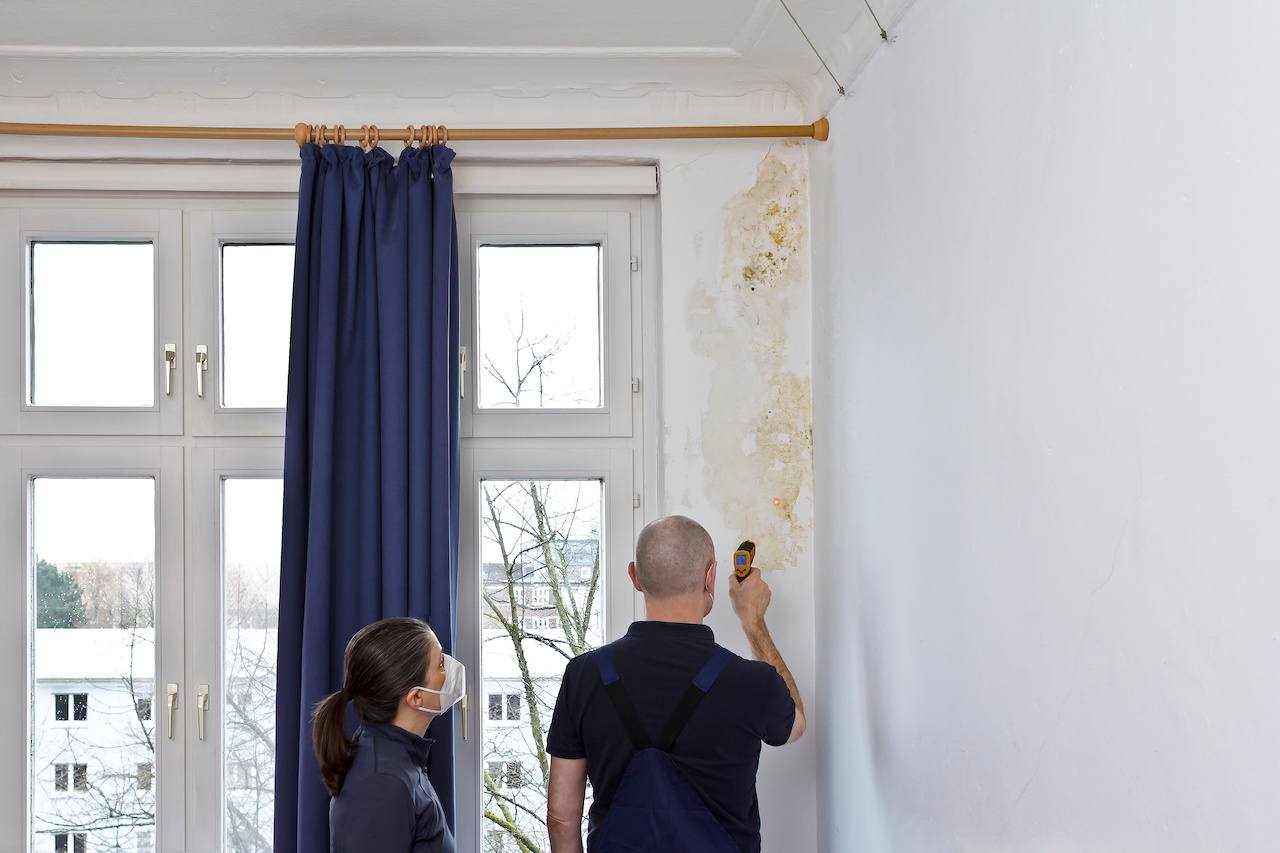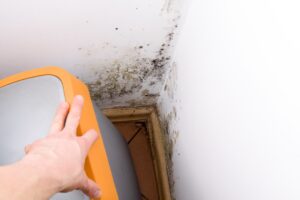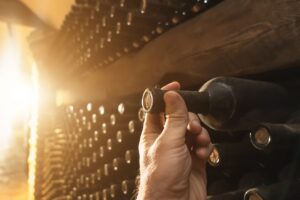When it comes to household mold, not all colors are created equal. While mold of any color can be a nuisance, certain hues—specifically orange, black, and red—can signal different levels of concern and necessitate distinct approaches for removal. In this blog, we’ll decode the colors of mold you might encounter in your home, focusing on the peculiarities and implications of orange, black, and red varieties. Understanding these can help you protect your home and health more effectively.
Orange Mold: A Sign of Humidity and Neglect
Orange mold is often found in areas with high levels of moisture and organic material. It’s common in kitchens, bathrooms, and on fabrics or carpets that have been left damp. This type of mold, while not the most hazardous to health, can still cause allergic reactions and should not be ignored. Its bright color and slimy texture are often mistaken for decay or staining, but it’s a clear sign that an area needs better ventilation and drying. Also, Orange mold, particularly found on wood, is often linked to a specific type of fungus known as Serpula lacrymans, which causes dry rot by breaking down wood fibers for nutrients, underscoring the importance of addressing moisture issues to protect the structural integrity of your home.
Black Mold: The Infamous Invader
Black mold, or Stachybotrys chartarum, is the most notorious and potentially harmful. Thriving in persistently wet conditions, it’s often found after water damage or in chronically damp areas. Black mold spores are capable of remaining dormant under harsh conditions, such as extreme dryness and cold, only to become active and grow when conditions become favorable again, highlighting the challenge of completely eradicating this resilient mold type from homes. Exposure to some black mold can lead to serious health issues, including respiratory problems, allergic reactions, and in severe cases, neurological effects. Its presence may necessitate immediate attention, and in most cases, professional remediation is advised to safely remove it from your home.
Red Mold: The Rare but Noticeable Foe
Red mold is less common and is often actually a form of yeast. It can appear in any area where food is prepared or stored, including refrigerator seals and on food itself. While it may not pose the same level of health risk as some black mold, it’s a sign of poor hygiene and can contaminate food sources, leading to potential health issues if ingested.
FAQs:
- Can I remove mold myself? For non-toxic molds and small infestations, DIY removal with proper safety gear is possible. However, for most black mold and large areas, professional help is recommended. You should contact Mold Solutions if you have any questions or concerns.
- How can I prevent mold growth? Regular cleaning, ensuring good ventilation, and keeping humidity levels low are key strategies to prevent mold.
Conclusion: Deciphering the colors of mold in your home is recommended for maintaining a healthy environment. While orange and red molds require attention and cleaning, some black mold demands immediate action and often professional intervention. Stay vigilant, keep your spaces dry and clean, and don’t hesitate to seek help for mold issues beyond your control. Remember, understanding mold is the first step to defeating it! For those living in the Chicagoland and Greater St. Louis areas, don’t hesitate to contact Mold Solutions for expert assistance in addressing these mold concerns, and safeguarding your home and health.








